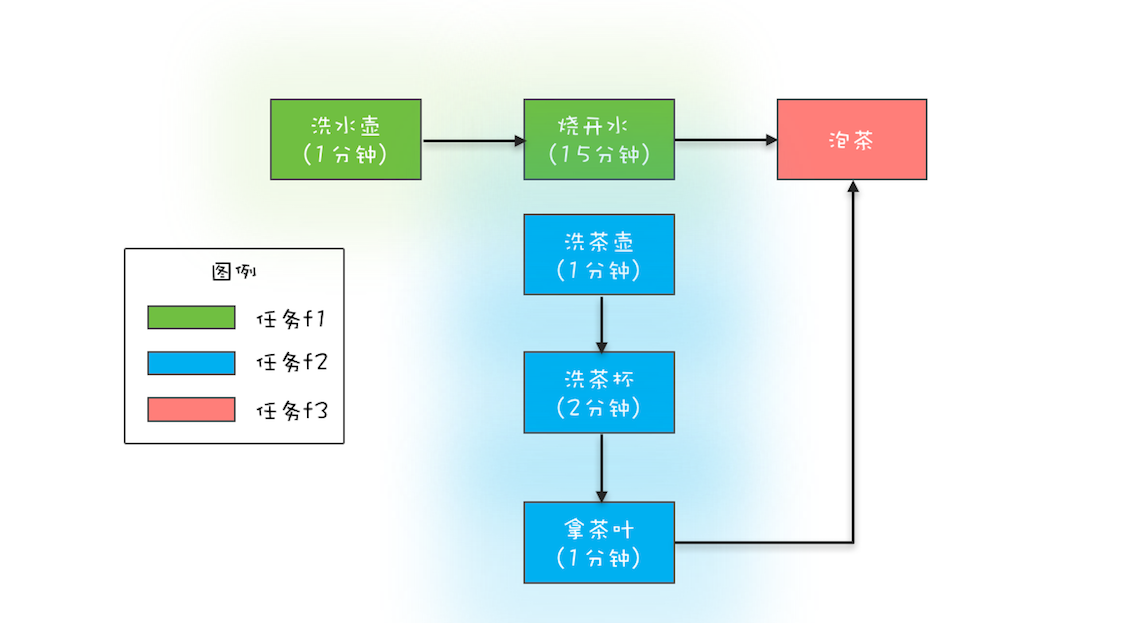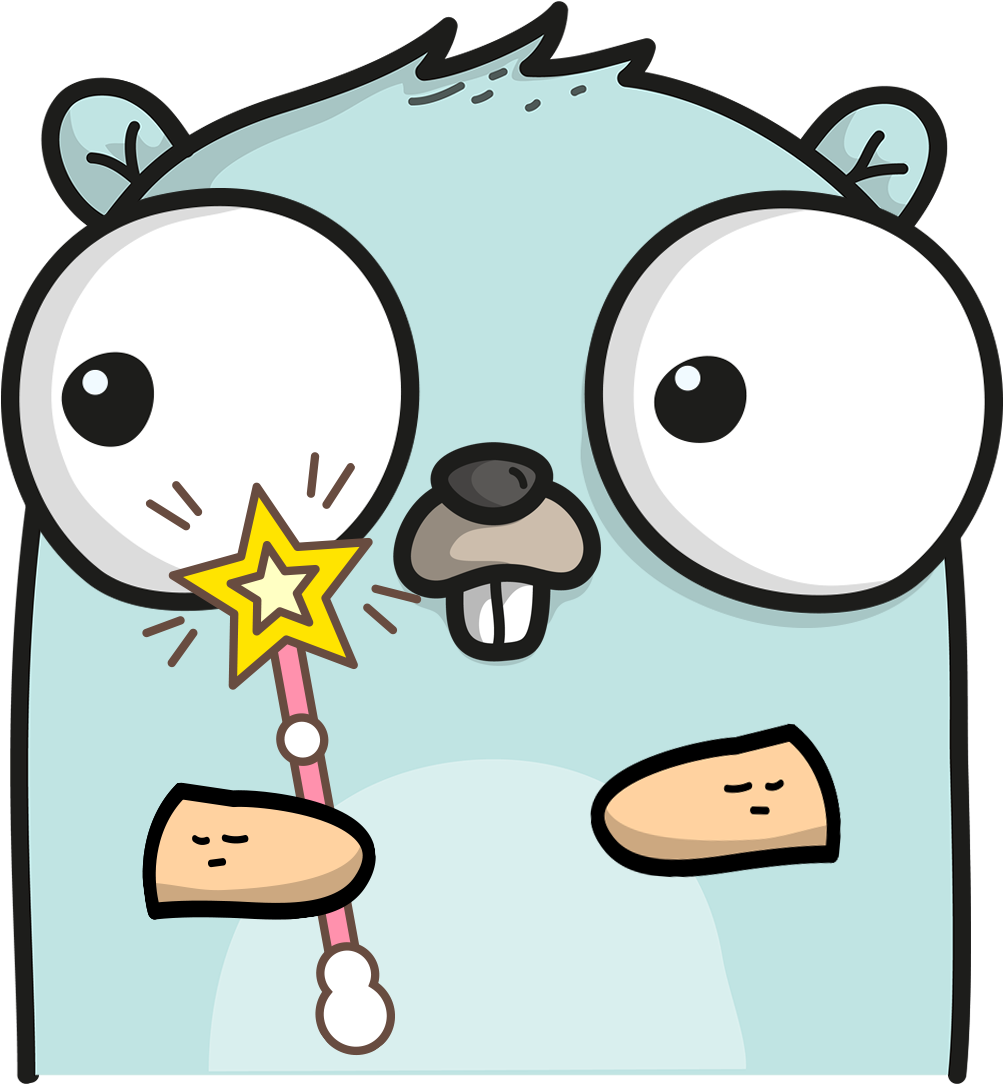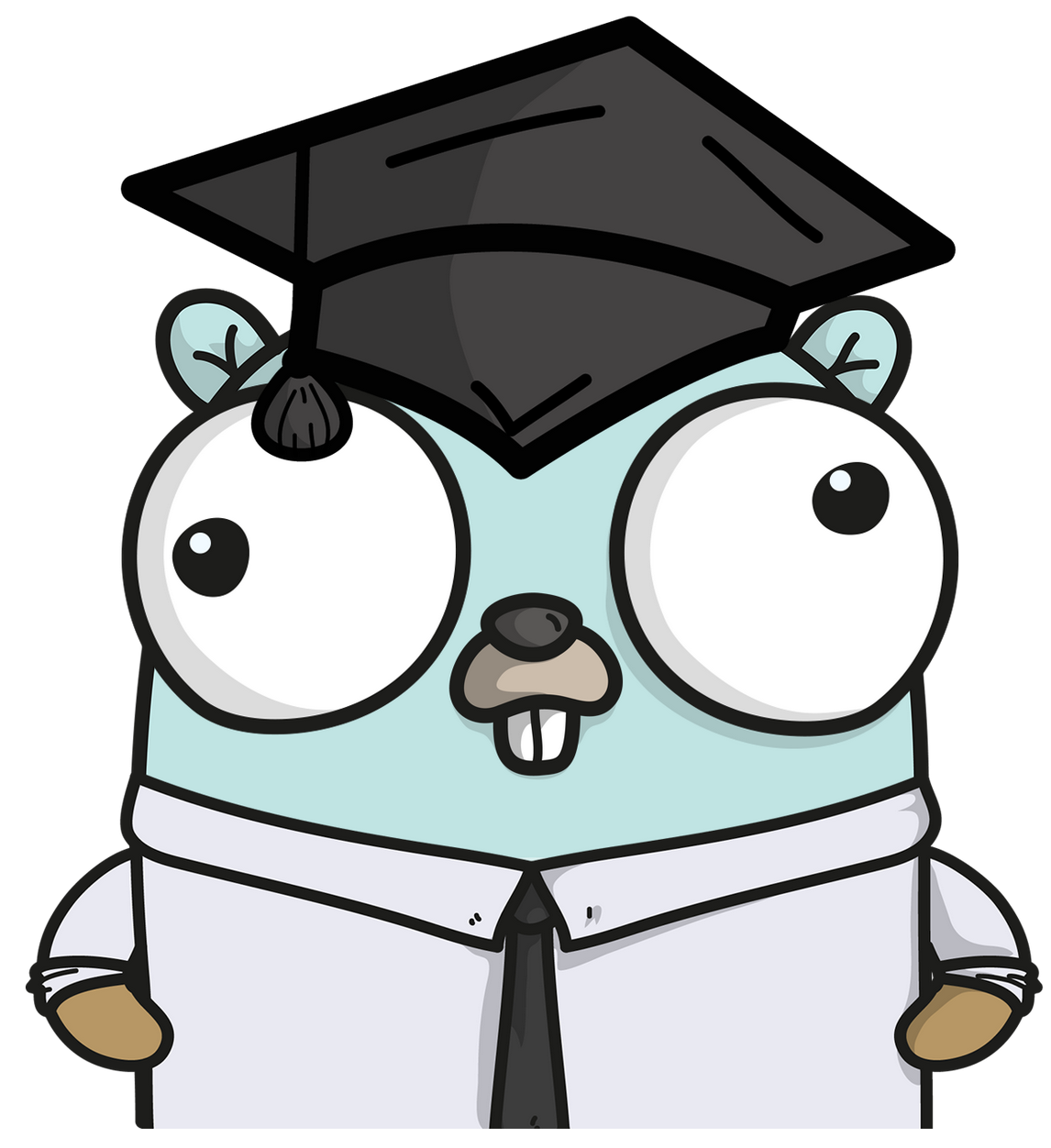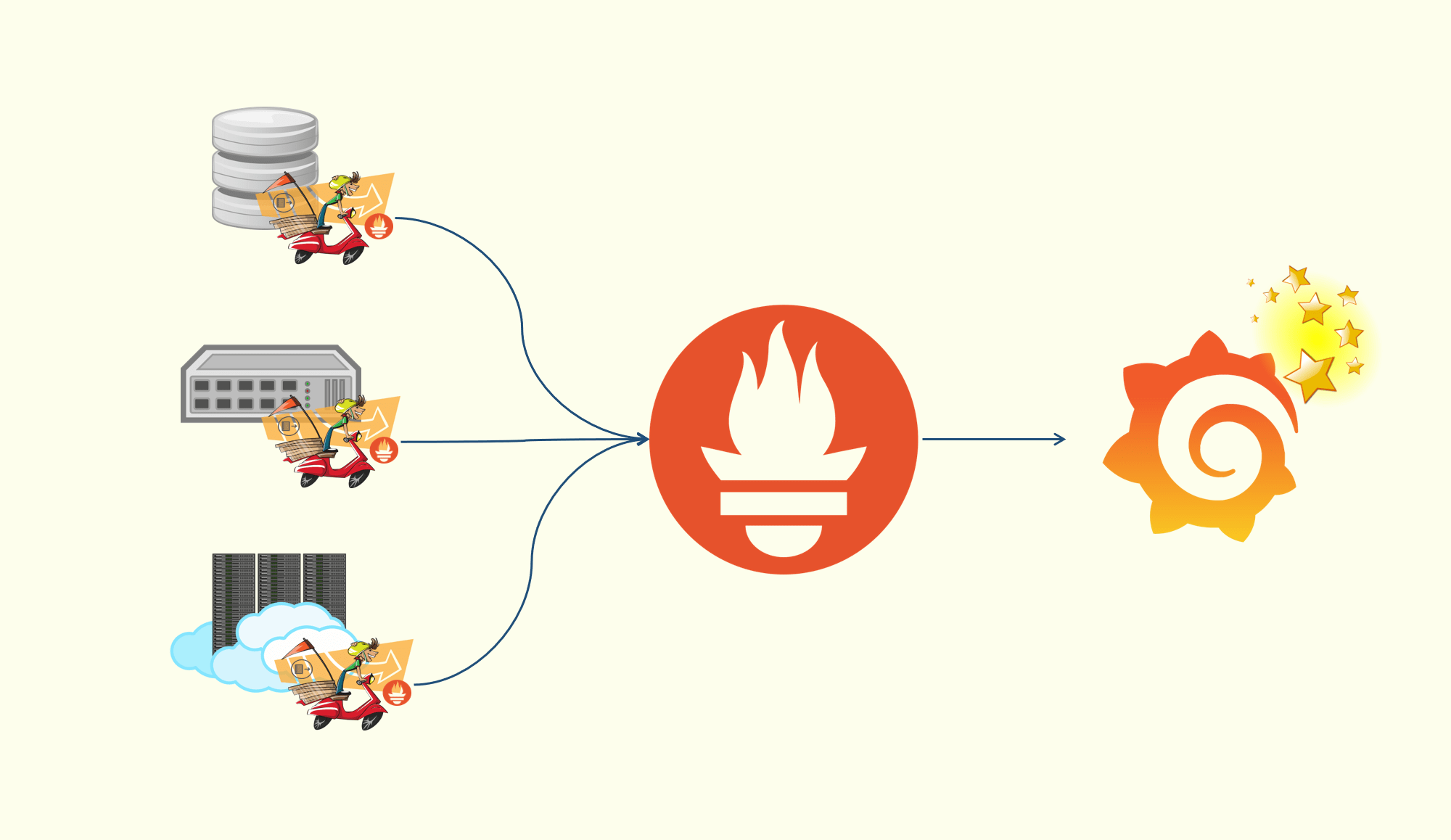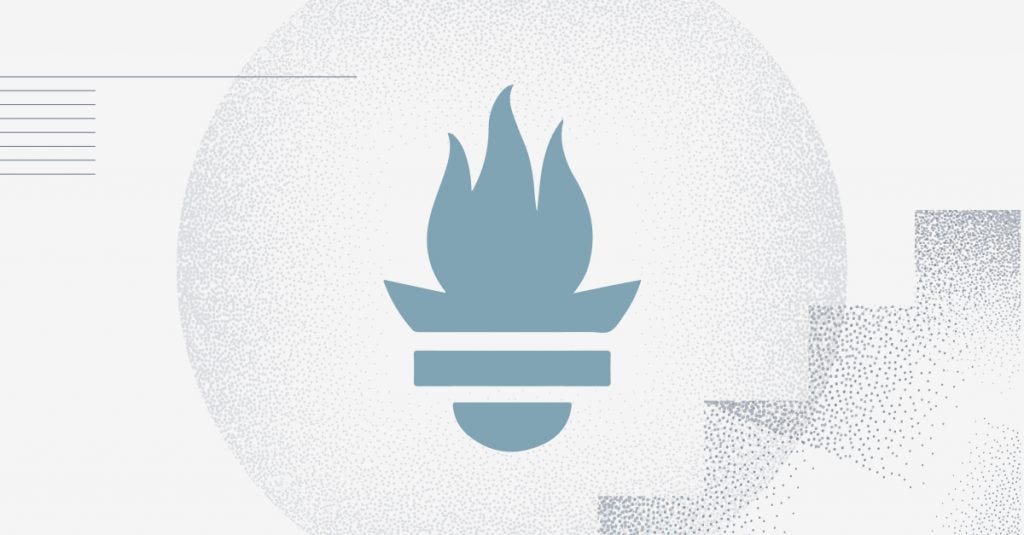1
2
3
4
5
6
7
8
9
10
11
| public <U,V> CompletionStage<V> thenCombine (CompletionStage<? extends U> other, BiFunction<? super T,? super U,? extends V> fn);
public <U,V> CompletionStage<V> thenCombineAsync(CompletionStage<? extends U> other, BiFunction<? super T,? super U,? extends V> fn);
public <U,V> CompletionStage<V> thenCombineAsync(CompletionStage<? extends U> other, BiFunction<? super T,? super U,? extends V> fn, Executor executor);
public <U> CompletionStage<Void> thenAcceptBoth(CompletionStage<? extends U> other, BiConsumer<? super T, ? super U> action);
public <U> CompletionStage<Void> thenAcceptBothAsync(CompletionStage<? extends U> other, BiConsumer<? super T, ? super U> action);
public <U> CompletionStage<Void> thenAcceptBothAsync(CompletionStage<? extends U> other, BiConsumer<? super T, ? super U> action, Executor executor);
public CompletionStage<Void> runAfterBoth(CompletionStage<?> other, Runnable action);
public CompletionStage<Void> runAfterBothAsync(CompletionStage<?> other, Runnable action);
public CompletionStage<Void> runAfterBothAsync(CompletionStage<?> other, Runnable action, Executor executor);
|
